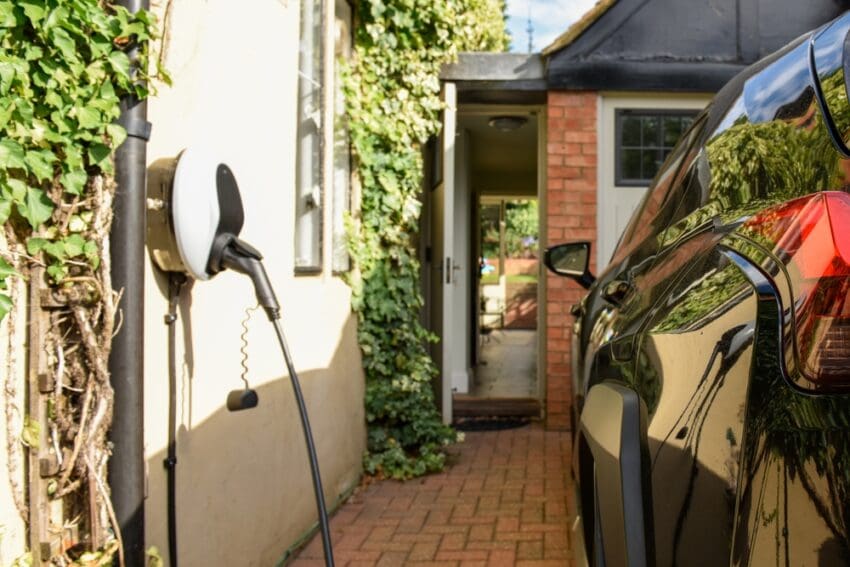
What are the real costs of EV charging?
Ashley Tate, managing director of Allstar Chargepass UK, digs into the data to compare running costs for electric and ICE business fleets.
is a complex venture, and when there is varied information in the market about fuel and recharging costs, it can be hard to get under the skin of how the costs really stack up.
Answering this need, we recently collated data calculated from millions of fuel transactions and hundreds of thousands of on-the-road charging events throughout our network and at-home charges over the last quarter. We’ve analysed this data to provide true insights on the real-life cost of petrol, diesel and electric refuelling and here I’ll explore some of the most impactful data points.
At-home charging is most cost efficient
EVs are significantly cheaper to recharge at home; someone driving an executive car could pay as little as 9 pence per mile to charge from a home charger, whereas it could cost 19.6p for petrol or 16.3p for diesel. It’s the same story for a panel van, the largest vehicle covered by the report, as the costs could be 15.6p for home electric charging compared to around 23.7p for diesel.
These examples only compare charging at home, petrol and diesel and for good reason; public EV charging tends to be more expensive, even when electricity prices are decreasing. In fact, our research based on last quarter’s figures, has revealed that charging in public can cost over 20 times more than at home – home tariffs can be as low as 4p per kWh, while some public rates exceed £1.
There are other variables that could impact these numbers however, such as how long a driver can use an ultra-low tariff at home? To achieve a full charge, will they need to charge at peak rates too? And, ultimately, is paying more to get back on the road much quicker of greater benefit to the business than the energy cost?
At-home and on-premises charging can be easier said than done if an organisation does not have the space to set up charging stations for their entire fleet, or a driver cannot facilitate chargers at their home. If it is feasible however, it should be taken advantage of as a way to save potentially thousands per year.
Charging hot spots and varying costs
Just as fossil fuels differ in price between forecourts, public EV charging is also highly variable, and there is little consistency between where is and isn’t cheap to charge – public charging means rolling the dice on price.
Take Greater London, the city’s busiest area for public charging, which can cost around 75p per kWh, this is cheaper than what drivers could pay in Bristol (78p) or Flintshire (79p), but significantly more than their counterparts in Belfast (59p) or the Isle of Wight (57p). In fact, charging a 70kWh EV on the Isle of Wight could cost £39.90, but for those in Dorset the same charge could cost £53.20, where the average cost per kWh was 76p.
What I take from this is the need for solid, up to date intelligence on where charging is cheapest. Zapmap provides this information, continually updated to allow drivers to find charging stations with the best offers.
Getting equipped for EV
There are now significant financial incentives for businesses to make the switch to EVs, particularly if they have the option for their fleet to charge from home. Those that don’t will need up-to-date information on where to get the best prices on public charging, but unique solutions are already available to ensure they can access this information and accelerate towards the EV revolution.





